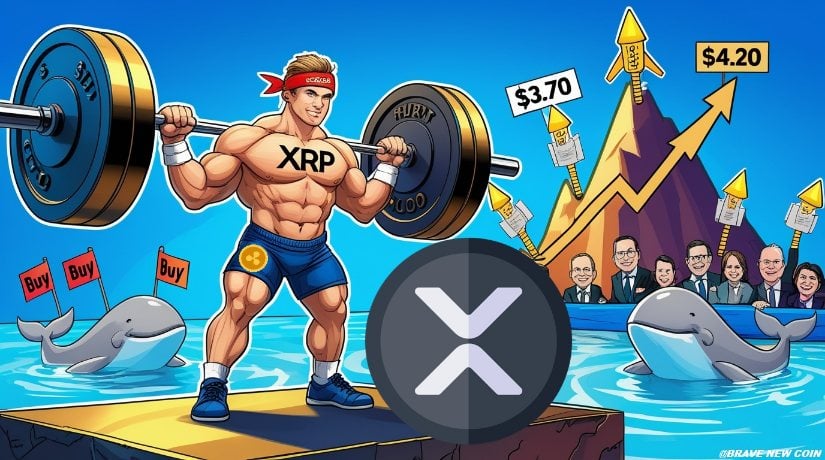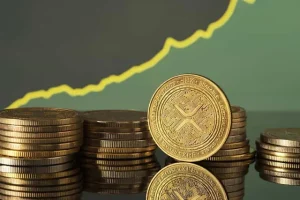XRP Outlook 2026: Evaluating Future Prospects and Market Trajectory

XRP, the digital currency associated with Ripple Labs, is positioned at a critical juncture as market participants evaluate its trajectory for 2026. Designed for cross-border payments and financial institution integration, XRP’s value is influenced by adoption, regulatory clarity, and the broader cryptocurrency ecosystem. As global financial systems explore blockchain solutions, XRP could benefit from increased usage in remittances and enterprise transactions. However, challenges including legal disputes, regulatory scrutiny, and market volatility remain pertinent. Analysts suggest that XRP’s 2026 performance will hinge on its technological utility, institutional partnerships, and resolution of ongoing compliance issues, shaping its relevance in the evolving crypto landscape.
Historical Context and Market Position
Launched in 2012, XRP was developed to streamline cross-border payments, offering faster settlement times and lower transaction costs compared with traditional banking systems. Unlike Bitcoin or Ethereum, XRP is not mined; its supply is pre-issued, enabling liquidity provision for financial institutions.
Over the past decade, XRP has experienced price volatility driven by market speculation, regulatory developments, and Ripple’s enterprise adoption efforts. Its utility-focused model differentiates it from meme coins or purely speculative assets, positioning it as a bridge between traditional finance and blockchain innovation.
Key Drivers for XRP in 2026
Institutional Adoption:
XRP’s integration into banking and remittance networks remains a primary driver of long-term value. Expanding partnerships with financial institutions could enhance transaction volumes and market confidence.
Regulatory Developments:
Ongoing legal proceedings and regulatory scrutiny, particularly in major markets like the United States, significantly impact XRP’s price stability. Clarity in compliance frameworks will likely influence investor sentiment and adoption.
Technological Upgrades:
Ripple continues to optimize XRP Ledger technology for speed, scalability, and interoperability, making it more attractive for enterprise applications. Enhancements in network efficiency can reinforce XRP’s competitive advantage over alternative settlement solutions.
Cryptocurrency Market Trends:
XRP’s value is also influenced by broader market dynamics, including Bitcoin and Ethereum trends, liquidity conditions, and investor risk appetite.
Technical Analysis and Price Outlook
Analysts suggest a range of potential scenarios for XRP by 2026:
- Conservative Scenario: XRP stabilizes around Rs. 50–70 per token if adoption grows gradually amid regulatory uncertainty.
- Moderate Growth: With increased institutional adoption and market stability, XRP could reach Rs. 100–120 per token.
- Bullish Scenario: Full regulatory clarity and expansion into global payment networks may push XRP to Rs. 150–180 or higher.
Short-term trading will continue to be impacted by volatility, but long-term trends are closely tied to utility and integration.
Risks and Considerations
Regulatory Risk:
Ongoing legal challenges can affect liquidity, exchange listings, and institutional adoption. Investors must monitor compliance developments closely.
Market Volatility:
XRP remains susceptible to price swings driven by speculative trading and macroeconomic conditions.
Technological and Adoption Risk:
Widespread adoption depends on the XRP Ledger’s continued performance and financial institutions’ willingness to integrate blockchain-based settlement solutions.
Competition:
Other stablecoins and cross-border payment solutions may challenge XRP’s market share if Ripple does not maintain technological and strategic leadership.
Strategic Outlook
Investors considering XRP in 2026 should adopt a balanced strategy:
- Diversify holdings to mitigate volatility risks.
- Monitor regulatory developments to anticipate market shifts.
- Track enterprise adoption trends and technological upgrades to gauge long-term utility.
- Adjust positions based on macroeconomic factors influencing digital asset markets.
Conclusion
XRP’s trajectory in 2026 will be defined by its utility in cross-border payments, regulatory clarity, and adoption by financial institutions. While risks such as volatility and legal uncertainty persist, XRP’s structural advantages position it as a prominent player in the digital settlement ecosystem. Strategic investors who combine market awareness with risk management may capitalize on XRP’s potential, navigating its complexities while benefiting from its integration into the evolving financial infrastructure.




